Con: MCHS’s unfair dress code targets girls
The language in the dress code specifically targets women and their clothing
Though the dress code may seem fair in practice, its language restricts apparel girls would typically wear, which sends girls at MCHS the wrong message.
October 27, 2021
A girl is sitting in class doing her work when she gets pulled out of class. She knows it must be about the tank top she’s wearing, so she gets up and leaves. As she leaves she looks around the class and sees that everyone is working, no one even noticed that she got up. She wonders what must be so distracting about her outfit that no one even notices that she’s getting dress-coded.
MCHS has a notorious reputation when it comes to the dress code. In 2015, girls at MCHS East and West united to protest against the sexist nature of the dress code, specifically the rule on not showing shoulders. This was done through a social media campaign on Facebook and Instagram and received attention from the press. Now, six years later, women continue to feel targeted by the dress-code.
The written dress code itself is targeted more at girls. It prohibits, “Any tops that expose, back, midriff, or chest. No spaghetti straps may be worn… Sunglass, jewelry with protruding objects that could be used as a weapon, or any other accessory that may cause a disruption to the educational environment as deemed by administration.” These types of materials seem to be things that most girls wear, like jewelry, tank tops, and cropped shirts.
This wording inherently puts the blame on the girls getting dress coded, making it their fault for causing a disruption. Girls should be able to wear what they want, with some boundaries, and not be blamed for men’s immature thoughts and actions. This thought process is engraved into girls’ heads at a young age, as most grow up adhering to a dress code.
The MCHS dress code targeting and blaming girls can cause them to feel sexualized at a young age, as certain parts of their bodies are labeled “too distracting.” This was a main point in the protest of 2015 as women felt sexualized by these restrictions, especially being unable to show shoulders. The girls who partook in the protests posted images of outfits that got dress coded, particularly ones in which their shoulders were exposed.
Some may say that the dress code is fair, and boys get dress coded too. This is true, as in the 2019-2020 school year, at both campuses, there were a total of 12 referrals, 10 guys and 2 girls. This shows that guys do get dress coded also. However, the dress code as written blatantly targets girls and blames them for being distractions. Many restrictions within the dress code are only targeted at womens clothing and styles. The restriction regarding spaghetti straps does not apply to men, making women feel directly targeted.
As the girl walks back to her class in her gym shirt she sighs, knowing that this will be even more of a disruption than her wearing a tank top. The dress code is targeted at women to an unfair extent. Girls should be allowed to wear what they want, with some respectable boundaries, and not be held responsible for other people’s thoughts and actions towards them.



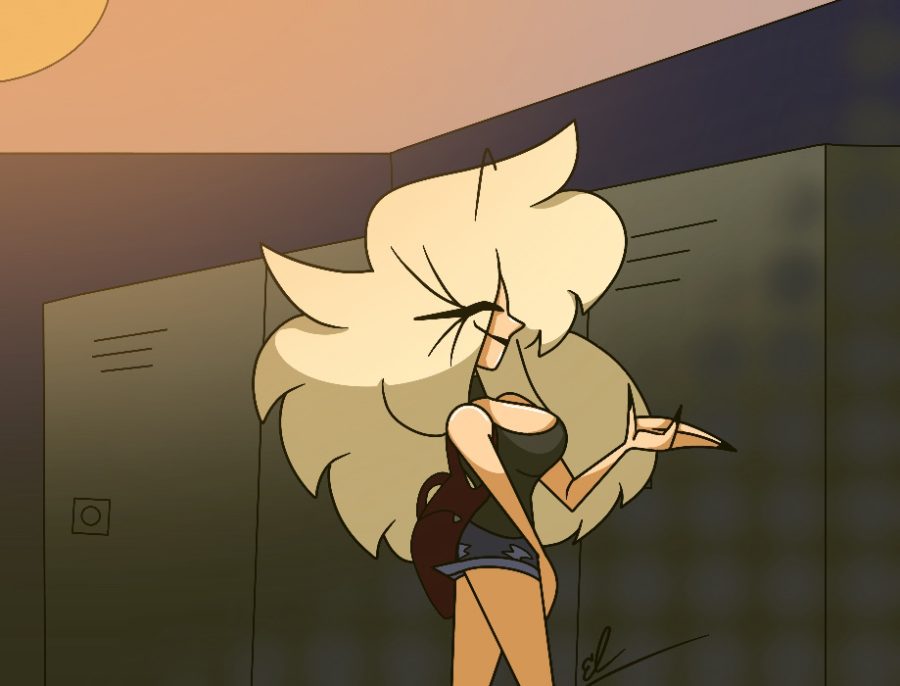










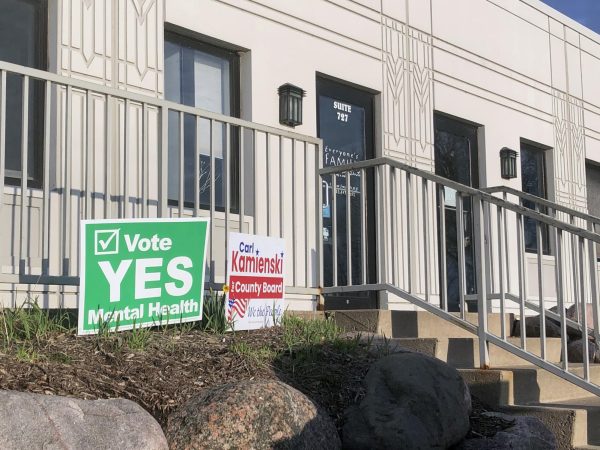

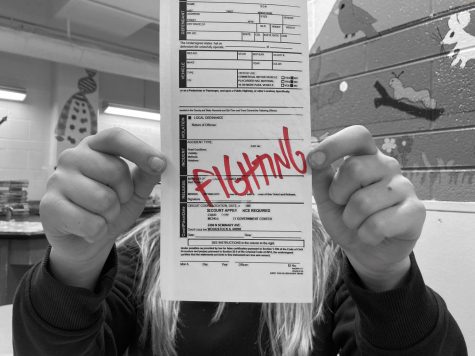
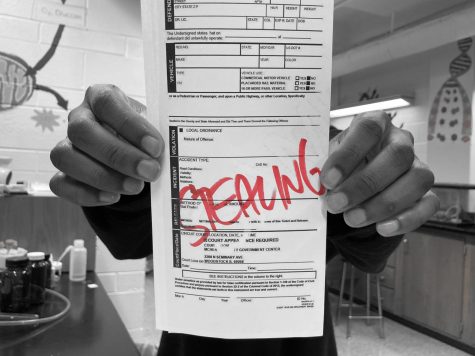
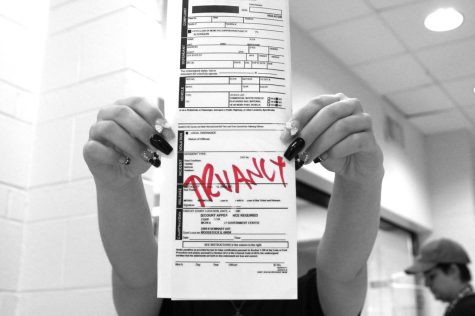

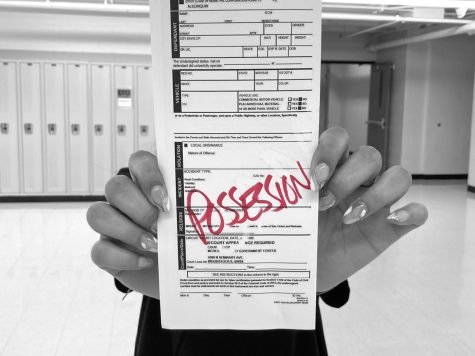
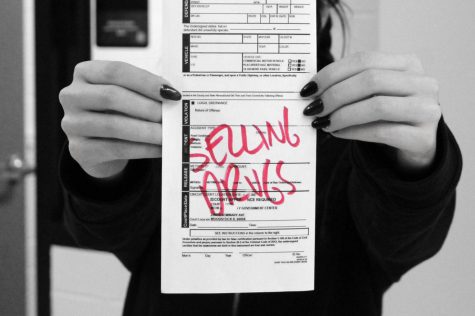



Karnatz Virginia • Oct 28, 2021 at 7:16 pm
I’m 70 and dress codes always seemed aimed at the girls dress. It is a tough call as to what is distracting. It would be great if we could all celebrate a woman’s body without sexualizing any small view of skin.